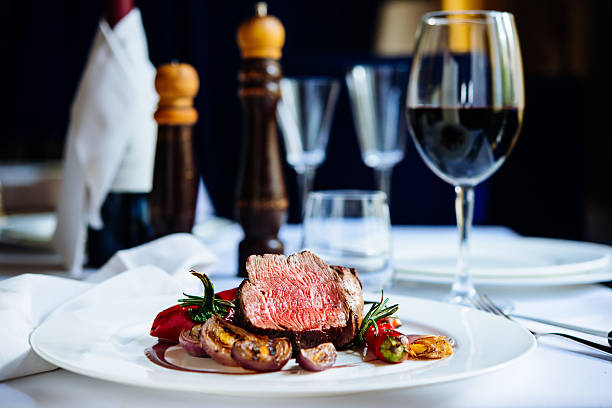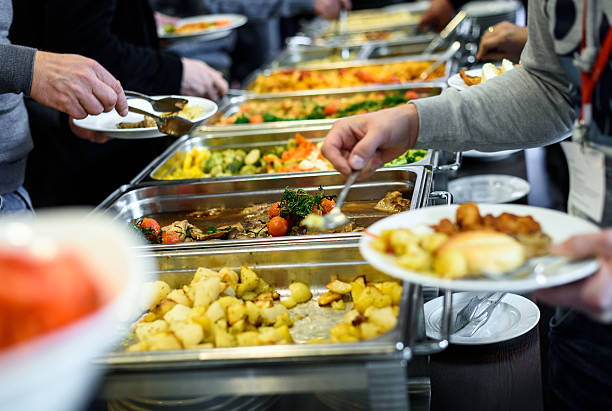This article is part of a series that will uncover the secrets of the Food Processing Industry and share with you the secrets of how your favorite food is made.
The first article in this series starts with the humble fish stick or fish finger. A childhood treat, and a adult favorite either on a plate with peas and chips or between to slices of white bread. BUT always served with Tomato Ketchup.
The Fish
The first component is the Fish, this is a frozen block about 2 ft by 1 ft by 3 inches. It is made from fish mince (cheaper end of the market) this tends to be all the left over pieces of fish. Or it can be made from whole fillets that are layered on top of each other(the expensive end of the market).
To be honest nutritionally there is not that much difference between the two. The type of fish can be COD for the expensive end or pollack for the cheaper sticks. These blocks are made within hours of the boat landing, which means the fish is about 6 hours old when it is frozen.
Making The Stick
Using a food processing band saw, skilled operators cut the block into slabs, then cut it again into fingers. The more expensive the thicker the finger the cheaper the thinner. Typical a good fish finger will be about 1cm thick, whereas the cheaper one can be 0.5 cm. These sticks are then separated and passed to the coating stage.
Adding the Breadcrumb
Similar to what you see in restaurants or TV shows, the fish is coated in a batter then breadcrumbs. BUT this is truly where the cheapness is added. If your buying cheap fish sticks they will add a layer of water, a layer of flour, a layer of batter, a layer of crumb. In the trade this is called a 4 pass and can add upto 70% bread crumb to the stick. This type can often be identified as it is extra crunchy and has almost no fish. The high end fish sticks will have a 3 pass system and often have fish contents around 60%.
So in your 300g packet of fish sticks you could have 90g fish (cheap) or 210g (expensive)
This whole process is carried out through a food processing production line of automatic coating machines. Typically a line can produce 100-200 fish fingers a minute.
Fry Time
Up to this point the fish stick is quite healthy with almost no fat….. However the stick passes through a industrial fryer that has hot oil . This makes the coating extra crunchy, this is due to the water in the coating being replaced with very hot oil. Typically all the water in the coating is replaced with Fat.
This means the more coating the more fat, now typically food processors use vegetable oil or rape oil. Neither of which has saturated fats
Frozen and sent to the freezer
Within 30 minutes of frying the product has been frozen, and grouped together to then be put into the food processing packaging machine before sending to the shops.
Considering the speed of the Fish freezing process and the Packaging process, you cant make a fish stick fresher if you tried.
Final Verdict
Fish Sticks or fish fingers, when compared to other coated products like chicken strips, are healthier, fresher and have fewer additives. So I would definitely put Fish sticks first before other coated products.
If I’m picking a Fish stick try to get ones which have a high fish content, this is typically shown as a % in the ingredient Declaration. This often means it is made with whole fish not mince and has a lower fat content.
The type of fish really doesn’t matter, some will argue that a cod fish finger is the best but be honest, you’re going to dip it in Ketchup. Once you have done that I doubt you can tell the difference, except that your wallet is a little less full.
Each week I plan to reveal how everyday food products are made.




